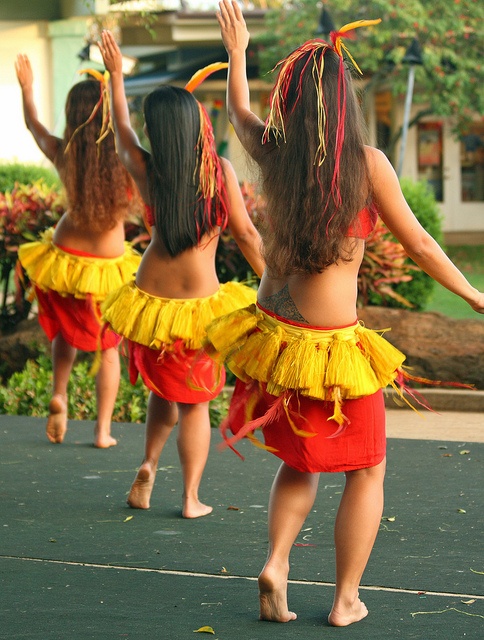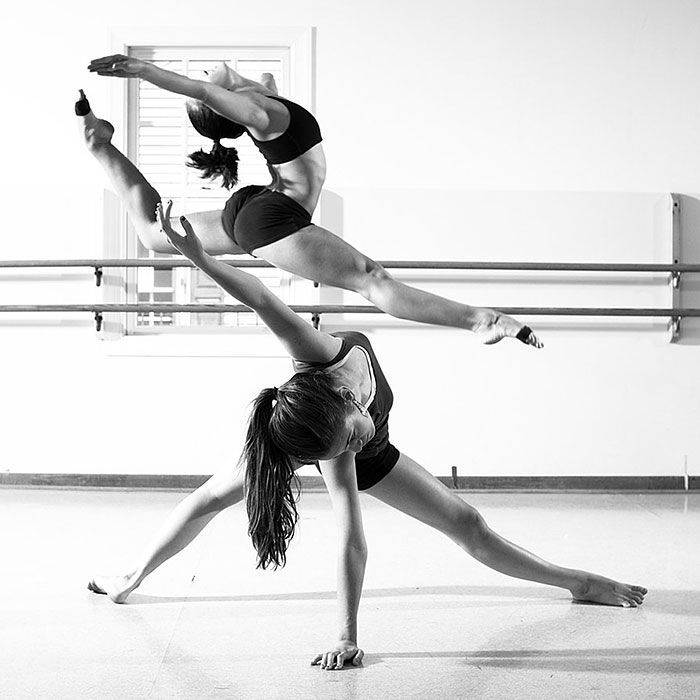How to dance hip hop robot
How to do the robot
Learn how to dance like a robot in this video tutorial! Robot dancing is really all about dime stops from popping dance style. In this video you will learn how to dance the robot easily with foundational popping concepts.
Want more? Get the full Course:
The Ultimate Popping Dance Course (Beginner to Advanced)
Learn how to dance popping and locking with step by step video lessons. You will learn hits/popping, waving, robotics, gliding, vibrating, slow motion effects and more. Become the freestyler you always wanted to be and impress your friends with your dance moves. Includes 3+ hours of video lessons. You can download it instantly or stream it online here.
Learn more & Buy it here (Click here)
[Transcript]
If we go to one of the purest forms and definitions of popping, it is actually to act or imitate as a robot. Robotics is all about dime stops. So dime stops is another huge fundamental dance style of popping. And it is the ability to freeze at a point in time.
Now technically speaking, you don’t even really have to hit to do dime stops. It’s more of just about the freeze. You definitely see a lot of poppers do a miniature hip when they dime stop.
Dime stop is definitely used a lot in robotics and I think it’s a great tool to use to develop patience when you dance. Starting out, it’s really easy to get caught in, “I got to do this. I got to go over here and do that.” But dime stops force you to freeze. So practicing dime stops can develop patience which is an awesome thing to have starting out.
So dime stops are I think a really easy move you can do on the first try. It’s just about freezing. So I’m going to give you a pattern to follow. Start with the left and the right arm to match it. And I’m just going to pick four corners. So I’m going to go left, down, down right, right.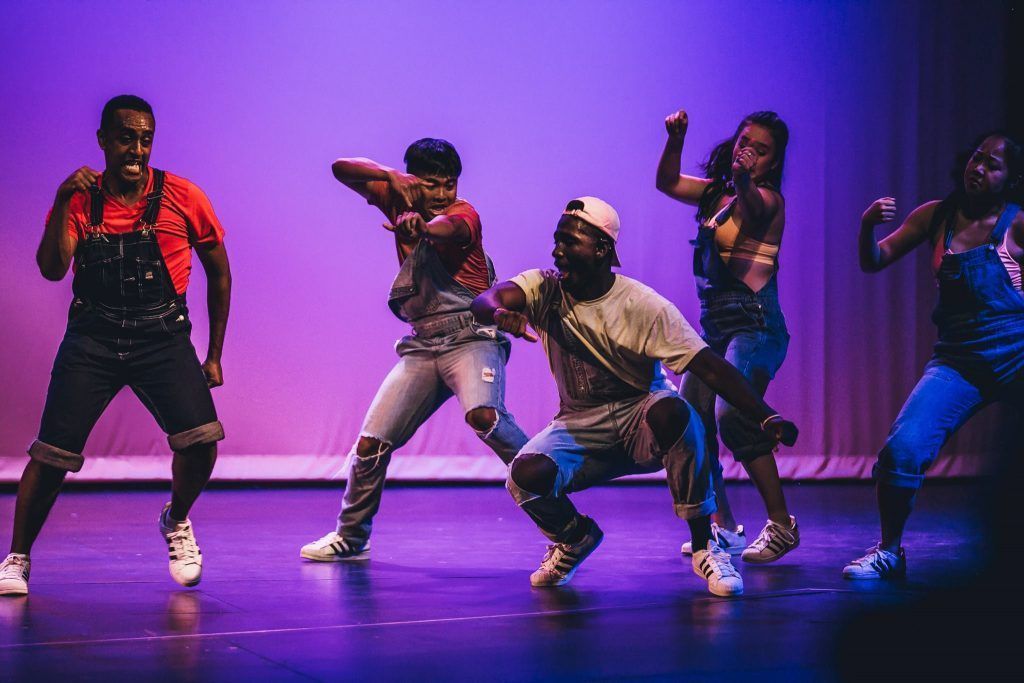 Pop.
Pop.
Now, I want to add a little bit more. I’m going to start using my heels to turn. Heels. Head.
Robotics is actually I think one of my favorite dance styles. I found myself roboting throughout the whole day. Roboting is definitely something that you can take your natural day-to-day movements and turn that into robotic style kind of dime stops.
So for example, let’s say I’m at dinner table. That’s the way I’m going to sit down. I put my arms out, set my plate right here, instead of just reaching out to get my fork and grab, I can go. So really, it’s just about using a regular way of doing things and thinking like a robot and using dime stops to kind of beat your communication for interpreting that as a dance.
I want you to think of a natural thing you do every day whether it’s brushing teeth or [0:02:26] [Indiscernible] and interpret that right now as a robot. If you were a robot, how would blank? OK? Fill that spot in. And we’ll catch you guys again.
[End of transcript]
More Hip hop dance videos
Humanlike Robots Build Trust Through Dance
Twelve white arm-like robots stand on pedestals in a dark room.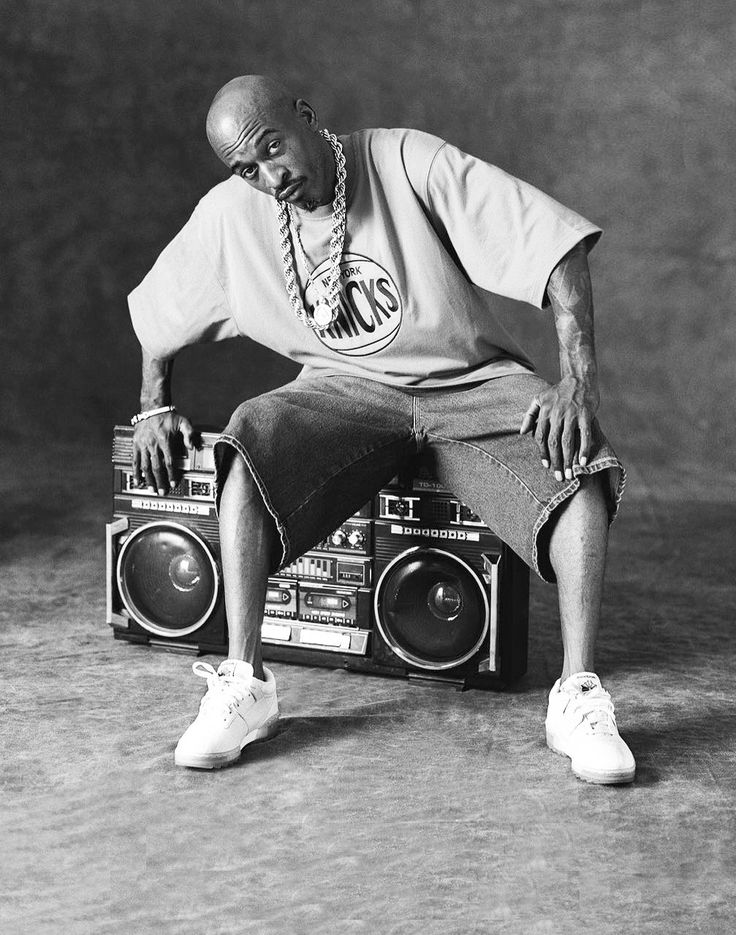 A pair of human dancers approach one in the middle. The dancers and the robot stare at one another apprehensively. The dancers revolve around the robot as it rotates. Live music starts. More dancers approach, crawling, as the other robots come alive. People and machines move to the rhythm of drums, guitars, a horn. A slow piano melody replaces the other instruments as a lone dancer intertwines with one robot and embraces another. The music picks up and an MC arrives, singing and rapping, as 17 dancers, only five of them human, writhe around him.
A pair of human dancers approach one in the middle. The dancers and the robot stare at one another apprehensively. The dancers revolve around the robot as it rotates. Live music starts. More dancers approach, crawling, as the other robots come alive. People and machines move to the rhythm of drums, guitars, a horn. A slow piano melody replaces the other instruments as a lone dancer intertwines with one robot and embraces another. The music picks up and an MC arrives, singing and rapping, as 17 dancers, only five of them human, writhe around him.
This is not just experimental theater. It’s the result of a grant from the National Science Foundation (NSF) awarded to the Center for Music Technology at Georgia Tech. Humans and robots each have their strengths. Where humans are creative and adaptable, robots are consistent and precise. In the best of all worlds, humans and robots will work together, cooperating at home, work, and school. For that to happen, people will need to trust their mechanical partners.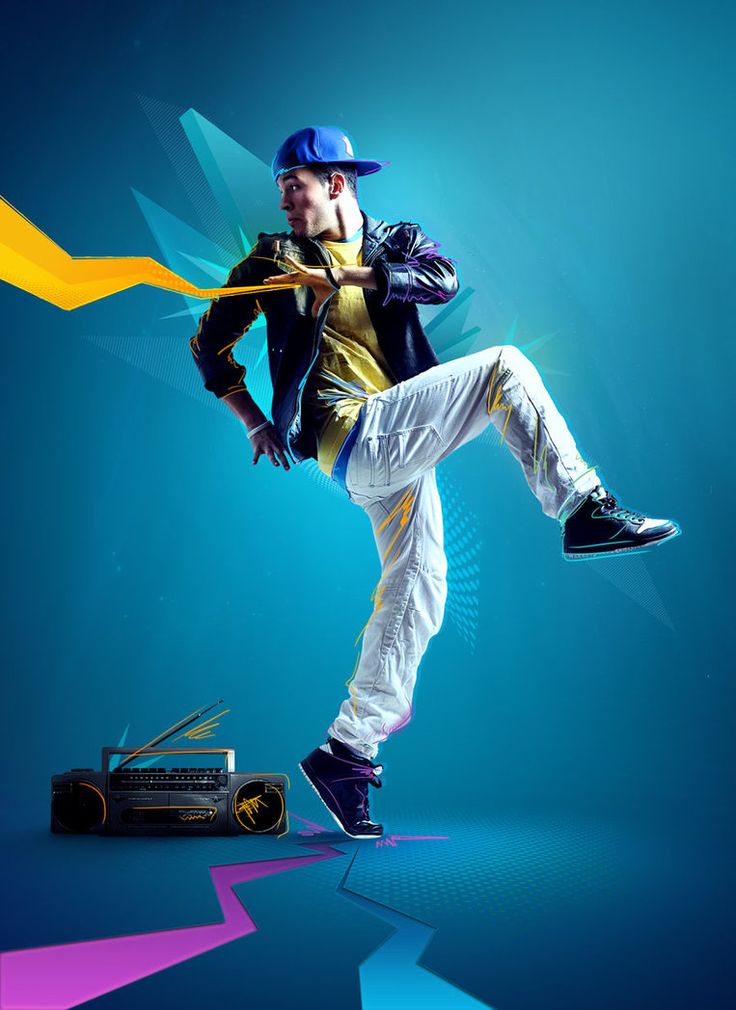 And because we’ve evolved to form trust based on certain social cues, robots will need to exhibit those cues.
And because we’ve evolved to form trust based on certain social cues, robots will need to exhibit those cues.
Performance of “FOREST,” a collaborative project between Georgia Tech Center for Music Technology and the Kennesaw State University Dance Department. (Video credit: Georgia Tech)
Gil Weinberg, the founding director of the Center for Music Technology, has spent years studying those cues. For this project, he proposed an idea to the NSF to disseminate some of his findings to society. “The best way I came up with to bring it to the public,” he says, “was to have a performance with musicians who make sound and with dancers who use gestures.”
According to Amit Rogel, a graduate student in Weinberg’s group, “People, in general, have a lot of fears about robots. There are many movies about killer robots or evil AIs. Sharing our work, where you can see positive interactions with robots in an artistic way, is important.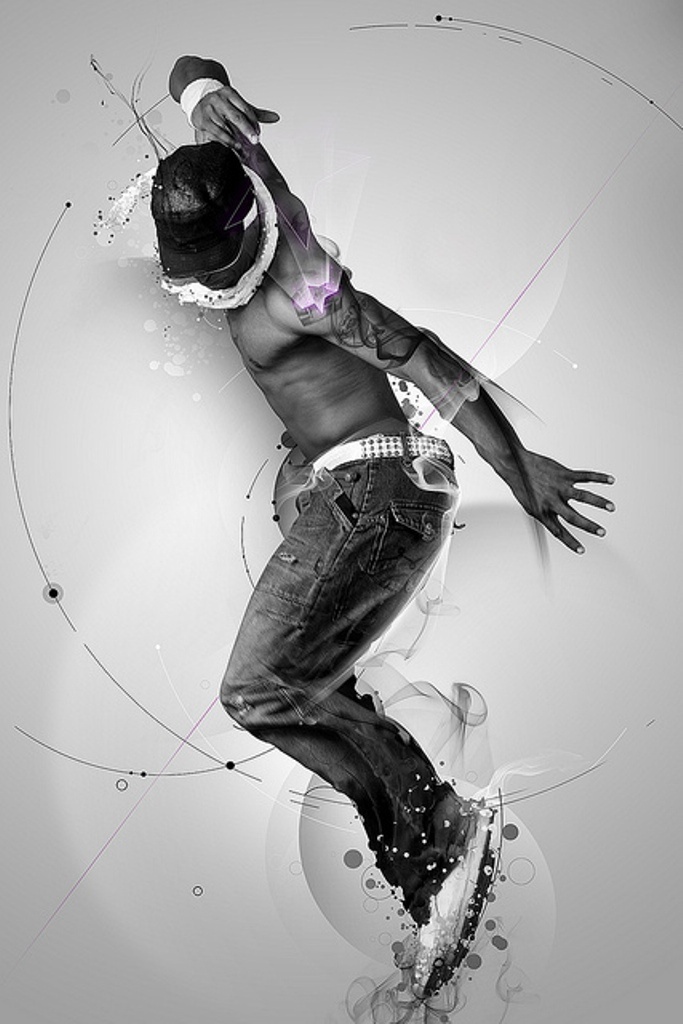 ”
”
Dance Dance Revolution
The video described above spawns from earlier work in which Weinberg’s group developed a system that can generate emotional sounds for robots in an effort to improve human-robot trust. To create the data set for the system, they invited musicians to convey a set of emotions vocally or through instruments, then trained a neural network—a piece of software inspired by the brain’s wiring—to generate new audio examples for each emotion. They found that when people collaborated with robots on tasks like placing objects into containers, observers trusted the robots more if the machines emitted emotional sounds during the interaction. The next logical step was teaching the robots to convey emotions through gestures.
“If I have the suit on, and I’m talking to another person, you just see the robot doing subtle motions. For instance, it bobs its head when I say something more impactful. It’s very surprising and really cool.”
Amit Rogel, the Center for Music for Music Technology at Georgia Tech
Translating full-body human posture and gesture into a handless robot is not straightforward.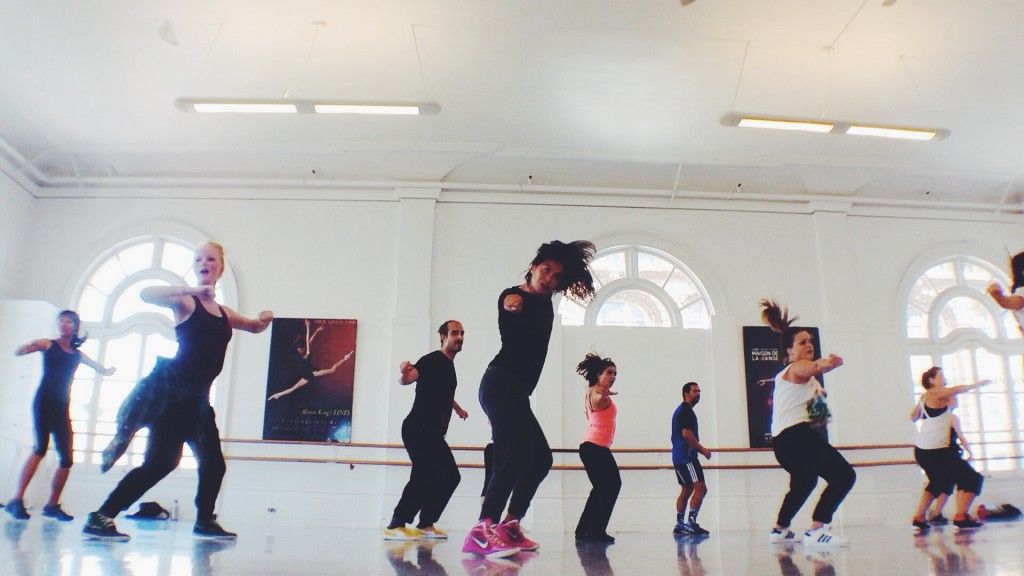 Amit looked into psychology research and read up on how humans express themselves through movement. “For example, when people are happy,” he says, “their heads will be pointed up, their arms will go up, they’ll make repetitive up and down movements.” Weinberg’s group used a robot called Franka Emika Panda, featuring seven degrees of freedom at its seven joints. “Head up means joint six is x degrees. A tall position indicates joint four would be y degrees, and then up and down movement would look like this,” he says, moving his body up and down. In one study, they found that people could easily decipher the intended emotions. Participants also rated these animated robots high on likability and perceived intelligence.
Amit looked into psychology research and read up on how humans express themselves through movement. “For example, when people are happy,” he says, “their heads will be pointed up, their arms will go up, they’ll make repetitive up and down movements.” Weinberg’s group used a robot called Franka Emika Panda, featuring seven degrees of freedom at its seven joints. “Head up means joint six is x degrees. A tall position indicates joint four would be y degrees, and then up and down movement would look like this,” he says, moving his body up and down. In one study, they found that people could easily decipher the intended emotions. Participants also rated these animated robots high on likability and perceived intelligence.
Dancers from Kennesaw State University perform with robots from the Georgia Tech Center for Music Technology. (Image credit: Gioconda Barral-Secchi)
Aside from the sleek video, the group also recorded a student performance comprising six different works. Dancers intermingled with a dozen UFACTORY xArms similar to the Panda. For one piece, the robots executed preprogrammed moves in response to music. For another, they reacted to people who manipulated their joints or showed moves to their cameras. They also played off someone’s brain waves. In yet another, they improvised using data from a dancer’s motion-capture (mocap) suit. Lastly, they obeyed rules telling them what to do based on what their robot neighbors were doing.
For one piece, the robots executed preprogrammed moves in response to music. For another, they reacted to people who manipulated their joints or showed moves to their cameras. They also played off someone’s brain waves. In yet another, they improvised using data from a dancer’s motion-capture (mocap) suit. Lastly, they obeyed rules telling them what to do based on what their robot neighbors were doing.
Rogel enjoys interacting with the robots while wearing the mocap suit. “The mocap suit picks up on really small movements that you don’t even know you’re doing,” he says. “If I have the suit on, and I’m talking to another person, you just see the robot doing subtle motions. For instance, it bobs its head when I say something more impactful. It’s very surprising and really cool.”
Smooth Operator
Rogel programmed the rules for the robots’ movements in MATLAB®. The code tells the robots how to respond to any combination of mocap, cameras, EEG, music, nudges from humans, and the movements of other robots.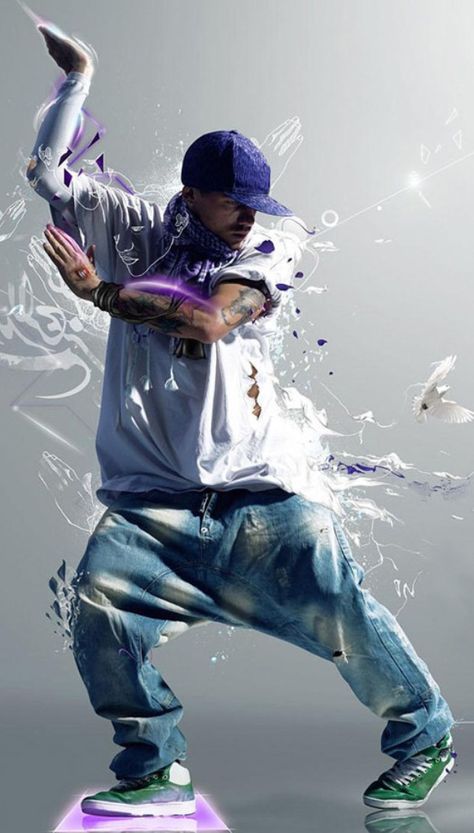 Rogel controls how the different elements interact using Simulink®, where blocks represent control functions. He can open the blocks and look at the functions. “I’m a mechanical engineer,” he says. “I like seeing the equations and focusing on the math as opposed to lines of software code. In having all the toolboxes readily available, it’s so easy to get all of this done in MATLAB.”
Rogel controls how the different elements interact using Simulink®, where blocks represent control functions. He can open the blocks and look at the functions. “I’m a mechanical engineer,” he says. “I like seeing the equations and focusing on the math as opposed to lines of software code. In having all the toolboxes readily available, it’s so easy to get all of this done in MATLAB.”
In Simulink, he visualizes the robots’ movement in two different ways. One shows graphs of various points’ acceleration. The other shows each robot as an animated stick figure. “I can test different parameters and look at how it’s responding without ruining any of the robots,” he says. “Or, if I’m doing cool things, I’ll also be able to see it before testing it on the robot. It’s an easy tool for iterative processes.”
The raw data from the mocap suit is messy. One of the most useful software features turns movement curves into equations that the team can use to generate new robot movements. Usually, they create fifth-order polynomials—equations with variables raised to the fifth power. They do this so that when they take double-derivatives to convert position into velocity and then acceleration, they still have a third-order polynomial—a smooth curve. Otherwise, the motor’s movement might be herky-jerky, damaging the hardware and looking unnatural.
Usually, they create fifth-order polynomials—equations with variables raised to the fifth power. They do this so that when they take double-derivatives to convert position into velocity and then acceleration, they still have a third-order polynomial—a smooth curve. Otherwise, the motor’s movement might be herky-jerky, damaging the hardware and looking unnatural.
Another trick involves follow-through. When a person moves one body part, the rest of the body tends to move too. When you wave your hand, for instance, your shoulder adjusts. “We wanted to model this with the robots,” Rogel says, “so that when they dance, it looks smooth, like a fluid motion, and elegant.” The team uses tools that can locate the peak of a curve—one point’s maximum acceleration—and then alter another point’s curve to be offset by a certain amount of time.
Ivan Pulinkala, a choreographer at nearby Kennesaw State University who choreographed the sleek video with the MC, sometimes looked over Rogel’s shoulder, suggesting prompts.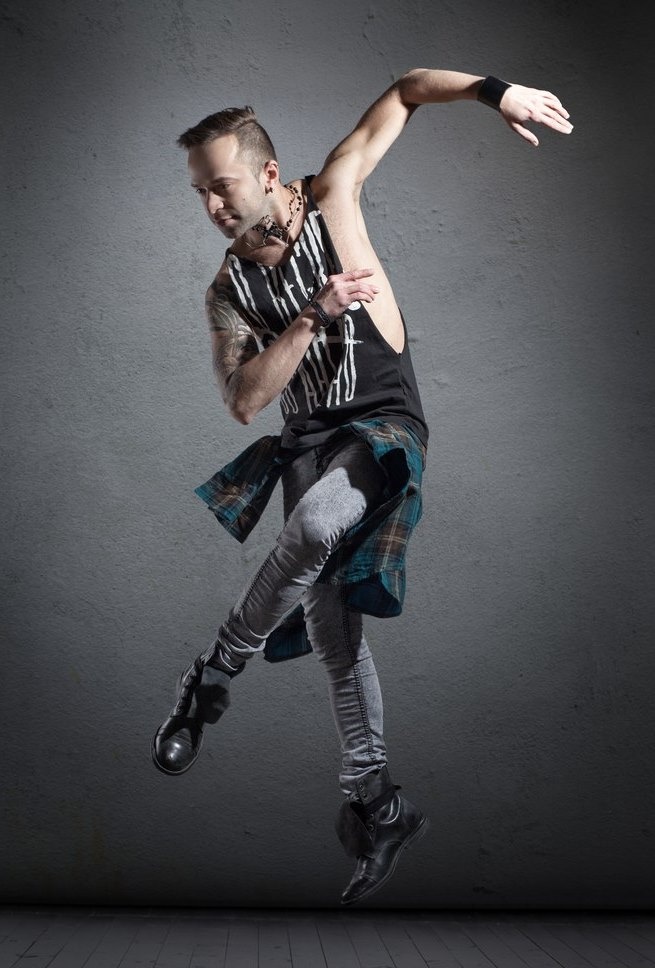 He would describe the undulation of the human spine or propose that the robots appear to be breathing. “The part that I found exciting is that it completely changed my approach to choreography and the approach of the dancers”—also affiliated with Kennesaw—“to movement,” Pulinkala says.
He would describe the undulation of the human spine or propose that the robots appear to be breathing. “The part that I found exciting is that it completely changed my approach to choreography and the approach of the dancers”—also affiliated with Kennesaw—“to movement,” Pulinkala says.
In preparation for one section of the videotaped piece, the robots improvised, and then repeated this improvisation so it could be filmed from different angles for the video. To do this, Rogel trained a neural network in MATLAB on one dancer’s performance in order to generate new robotic movements in that dancer’s style.
“One of the biggest challenges was how to make the movement smooth and flowing like human movements,” Weinberg says. “I thought it would be tricky because these robots are not designed for dance. Amit did wonders with them. Look at the student video from the end of the semester. You’ll see how the robots are really grooving with the humans. Otherwise, we might have been falling into the uncanny valley, where the robots look eerie.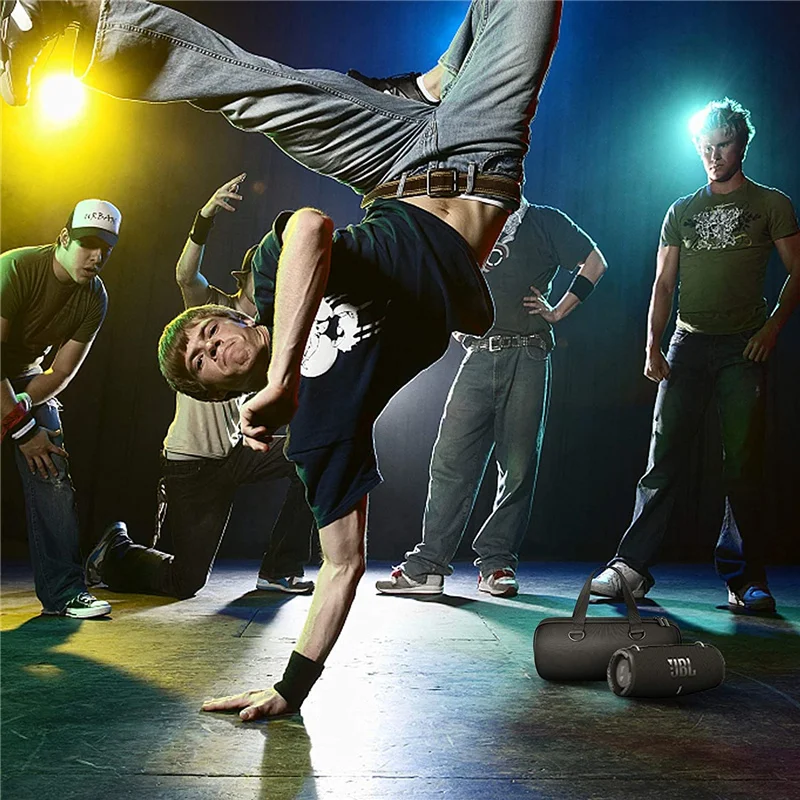 ”
”
“One of the biggest challenges was how to make the movement smooth and flowing like human movements. I thought it would be tricky because these robots are not designed for dance. Amit did wonders with them. You’ll see how the robots are really grooving with the humans.”
Gil Weinberg, director, the Center for Music Technology at Georgia Tech
Amit Rogel (foreground, right), a Georgia Tech Center for Music Technology graduate student, works with other “FOREST” researchers (left to right) Mohammad Jafar, Michael Verma, and Rose Sun. (Image credit: Allison Carter, Georgia Tech)
Symbiosis
“I was happily surprised by the affection the Kennesaw dancers formed toward our robots,” Weinberg says. “It was a long shot because they came from a completely different world. Before the workshop, they probably perceived robots as just mechanical tools.”
“Instead of dancing around them, I’m actually dancing with them.
Christina Massad, Kennesaw State UniversityIt definitely felt like they were dancing alongside with us.”
Describing the shift in her thinking, one dancer, Christina Massad, told the Atlanta NPR station, “Instead of dancing around them, I’m actually dancing with them. It definitely felt like they were dancing alongside with us.”
Rogel used MATLAB to tune how sensitive the robots’ joints were to contact. “We did want the dancers to be able to get up close and touch the robots and really establish connections,” he says. “At the beginning, they were very timid and shy around them. But the first time they would bump into a robot while it was moving toward them, the human would be safe, the robot would be safe, and that felt a lot more real to them.”
Dancers get up close and establish a connection with the robots. (Image credit: Georgia Tech)
Independent of contact, a robot would occasionally break down. “The dancers really like that,” Rogel says, “because it also felt more human, like they’re getting tired. ” The team also used some tricks to make the robots seem more alive, such as giving them eyes, names, and backstories.
” The team also used some tricks to make the robots seem more alive, such as giving them eyes, names, and backstories.
The team has additional experiments in mind. They’d like to further probe people’s trust in response to robotic gestures. They’re also looking at emotional contagion—how people want machines to respond to their own emotions—and the role of people’s personalities; some might prefer different kinds of reactions. In terms of further communicating their insights, they plan to take “FOREST” on tour. Pulinkala hopes to develop a longer show.
One thing that sets “FOREST” apart from other investigations of human-computer interaction is its collection of multiple robots. Weinberg calls it both a technical and a social challenge. “The idea was to use forests as a metaphor. Inspired by the biodiversity in forests, we attempted to bring together a wide set of robots and humans that can play, dance, and influence each other. The music was diverse as well, featuring a mashup of many different genres such as Middle Eastern music, electronic dance, hip hop, classical, reggae, and Carnatic music, among others. ”
”
The humans behind the project were also diverse. “The team comprised students, professors and administrators, musicians, engineers, dancers, and choreographers. The team also had a wide representation of gender, race, nationality, and backgrounds. I think that we were able to create something unique. Everyone learned something.” Weinberg continues, describing the larger mission behind the Center for Music Technology. “I’m a big believer in diversity, which is challenging to achieve at technical universities like Georgia Tech.” Georgia Tech doesn’t have a dance program, for instance. “You may have dancers who are also good at computer science but don’t find a way to combine both passions,” he says. “And this kind of project allows them to combine the best of both worlds.”
Robot Dance training for beginners (NEW) ALL LESSONS >>>
Robot is one of the styles of modern street dance. The robot style was the basis of the popping dance style. The direction of the robot had a strong influence on the development of other directions, such as dubstep dance , electric boogie . Even in the hip-hop style, techniques taken from the robot style are used. Therefore, learning a robot will make your dance more expressive and stunning.
Even in the hip-hop style, techniques taken from the robot style are used. Therefore, learning a robot will make your dance more expressive and stunning.
1. About the robot dance. Basic Robot Dance Technique (Video Training Course on Robot)
First of all, pay attention to fixing the dime stop and how to do isolations correctly. It is these things that give a feeling of mechanicalness and iron, creating the image of a terminator or a moving combine according to your desire))) Also, do not rush and do not try to keep up with the music, because your robot is not late for the train!
Another little secret that will allow you to blow the mind of any viewer. Try not just to move like a robot, but try to become a robot at the moment of the dance! Then all your movements will be transformed and become true!
There is a robot dance school in Moscow in Moscow.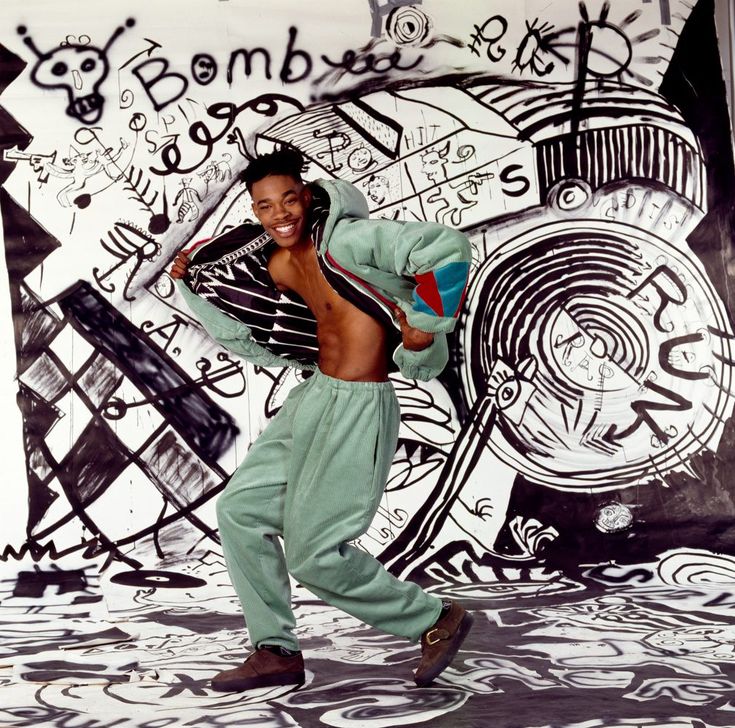 If you want to quickly master this direction under the strict guidance of experienced trainers - come, we will help :)
If you want to quickly master this direction under the strict guidance of experienced trainers - come, we will help :)
2. Sequences in robot dance. Training for beginners
As such, there is no basic technique in this style, but it is replaced by the principles of dance performance. One of the most important principles is the principle of sequence of movements. That is, one next movement does not begin until the previous one ends. Of course, there are exceptions to this rule, as to any rule, but at first it helps a lot to avoid mess and confusion when performing a dance. Here, in general, the main thing you need to know for the successful development of this spectacular style!
3. Robot-style arm movements: online robot dance lesson
Many beginners often have a question: what can be done in a robot? What movements can be used in robot dance? 80% of robotic movements are done with the hands.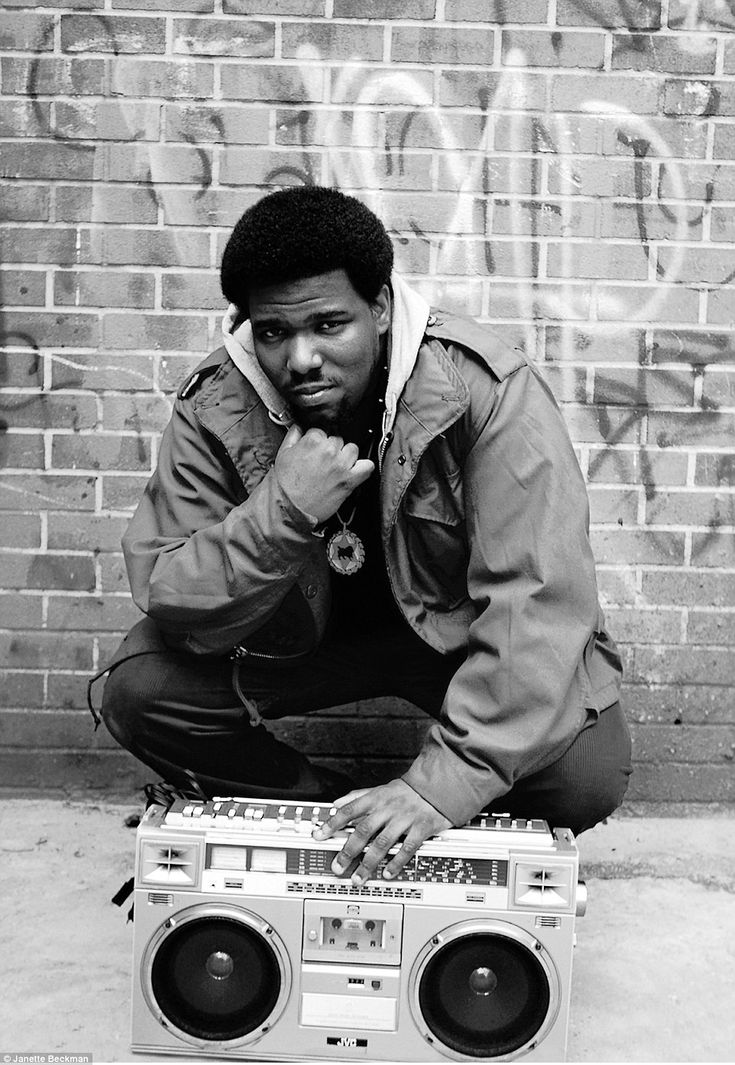 So, you must know and be able to do it. In this lesson, the different options for how the hands should move will be analyzed in detail. Even using only them, you can create very cool numbers and introduce the viewer into a complete trance.
So, you must know and be able to do it. In this lesson, the different options for how the hands should move will be analyzed in detail. Even using only them, you can create very cool numbers and introduce the viewer into a complete trance.
4. Body movements. Robot dance tutorial
How to do inclinations correctly? Is it possible to use turns, and what is necessary for your body to become the body of a real "iron" robot. We will analyze the basic movements of the body during the dance, as well as you will learn about the principle of "fragmentation" and learn how to apply it.
5. Movement or gait of the robot. Online video lesson on the robot.
In this video tutorial you can learn how to walk like a robot. I will show several options for walking, which will make the image of a robot in your dance more solid and "iron".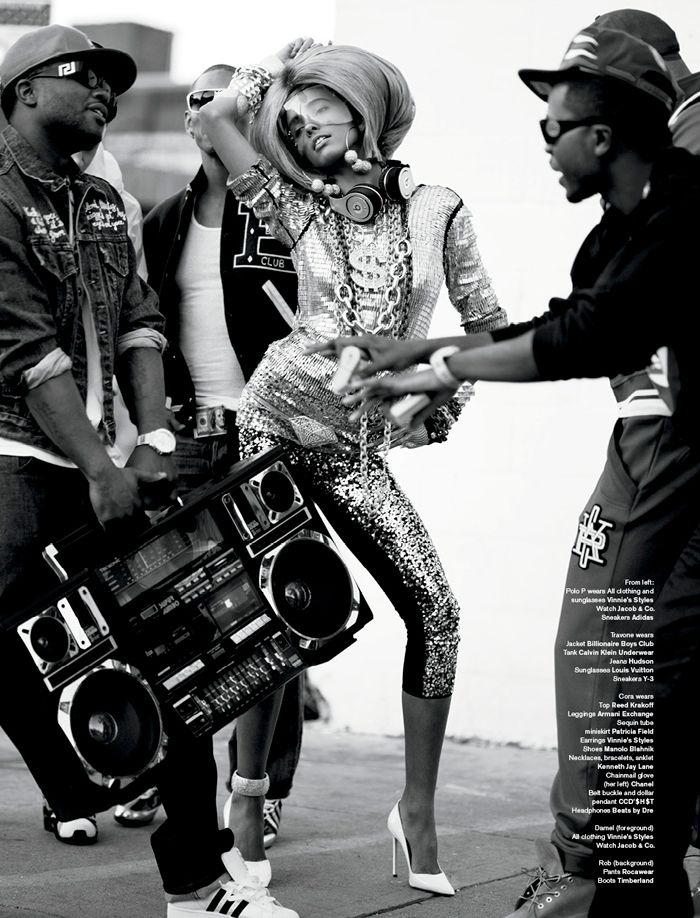 There are simple movements that are suitable for beginners, and a little more difficult. In any case, I'm sure that with just a little time, you can learn how to dance the robot! What's more, it's worth it!
There are simple movements that are suitable for beginners, and a little more difficult. In any case, I'm sure that with just a little time, you can learn how to dance the robot! What's more, it's worth it!
6. Microcontrol and isolation. Robot dance training.
Want to learn how to dance the robot really cool? So that when people see your dance, they stand with their mouths open? Then it's time to "tune" the technique and work on an important detail, such as "micro control". You will learn one concept that will help you stand out from other people and dancers.
Robot dance lessons for beginners and not only in Moscow. Come join us for a trial session. It's free :) To sign up for it - click on the pink button below.
Dance school on Baumanskaya | Dance Studio Dragon School
Dance School on Baumanskaya | Dance Studio School of the Dragon
Thinking about going to the dance?
We teach professionally:
Hip-hop / Dubstep / Popping / Robot / Break dance / Dancing for children
Result - master the basics and start improvising in 3 months.
Sign up for a trial lesson and fulfill your dream!
Sign up
Promotion: free class
and free training CD
Min
Sec
Hour
PROMOTION
Why choose the Dragon School?
1
We teach newcomers
2
Reputation and experience
3
Guaranteed result
4
Professional and attentive teachers
5
Professional hall
Sign0079 for trial lesson
What you will get by studying at the Dragons dance school
in 3 months
Learn to dance confidently to your favorite music tracks
Gain confidence and be able to dance wherever you want
You can repeat the movements of dancers from films and clips on youtube
Take your mind off the burden of problems and add bright emotions to your life
New acquaintances with positive people who share your interests 9 000 and learn to dance the way you've always wanted to!
SIGN UP
for a trial lesson
adult group schedule
Two dance courses are presented:
Hip-Hop styles
Includes hip-hop dance lessons, popping, locking.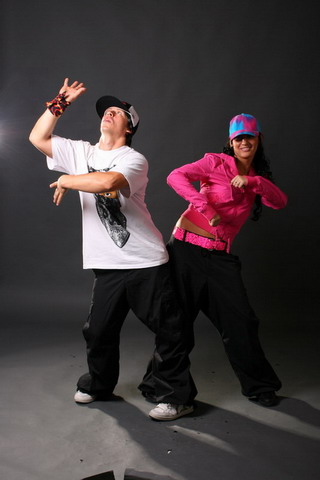 Classes are very active, a lot of intense amplitude movements. You will learn how to convey the energy of music in your dance. A great way to keep yourself in good physical shape!
Classes are very active, a lot of intense amplitude movements. You will learn how to convey the energy of music in your dance. A great way to keep yourself in good physical shape!
Illusion styles
Includes the most spectacular illusory dance styles such as dubstep, robot, electric boogie, anime. You will learn plasticity, the ability to create spectacular performances that capture the attention of the audience. You will stand out strongly in any place where people dance.
| Mon | W | Wed | Thu | Fri | Sat | Sun |
|---|---|---|---|---|---|---|
| Hip-Hop styles (Dragon) beginners recording 18.30-20.00 | Hip-Hop styles (Anna Fluffy) beginners recording 18. | Hip-Hop styles (Dragon) beginners recording 18.30-20.00 | Hip-Hop styles ( Anna Fluffy ) beginners enrolling 18.30-20.00 | |||
| Illusion styles (Dragon) beginners recording 20.00-21.30 | Illusion styles (Katya Makuro) beginners recording 20.00-21.30 | Illusion styles (Dragon) beginners recording 20.00-21.30 | Illusion styles (Katya Makuro) beginners recording 20.00-21.30 |
Children's groups
(up to 12 years old)
Two dance courses are presented:
Break dance for children
A great way to teach a child not only to hear music and dance, but also to develop flexibility, stretching, and improve physical fitness.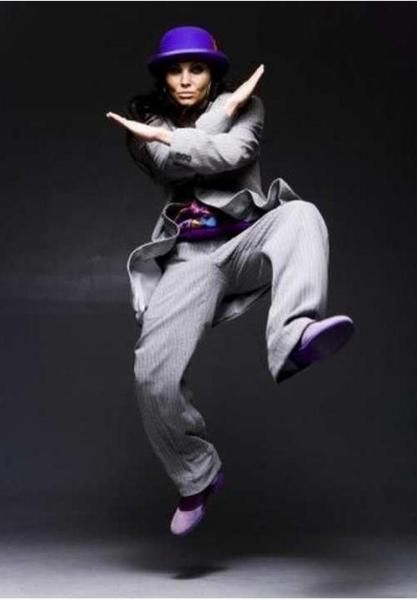 Includes basic and advanced breakdancing techniques.
Includes basic and advanced breakdancing techniques.
Hip-hop for kids
Basics of hip-hop dance. Adapted course for children. Includes the basics of hip-hop style techniques. Develops plasticity, rhythm, coordination of movements.
| Mon | W | Wed | Thu | Fri | Sat | Sun |
|---|---|---|---|---|---|---|
| Break dance for kids Artem Shamanaev beginners recording 17.00-18.00 | Break dance for children Artem Shamanaev beginners enrolling 17.00-18.00 | |||||
| Hip-hop for kids Anna Fluffy Beginners Recording 17. | Hip-hop for kids Anna Fluffy Beginners Recording 17.00-18.00 |
where we are
How to get from Baumanskaya metro station (on foot 10 minutes)
1. From Baumanskaya metro station (one exit) turn right onto Baumanskaya street. At the shopping center "Elokhovsky passage" turn LEFT.
2. Go straight down the street along the line of tram tracks to the second intersection, turn right at the traffic light onto Aptekarsky lane (on the opposite side there will be a Soyuzpechat kiosk) Dobroslobodskaya street.
4. Go to the business center "Basmanov". You need to go to the right side of the building. There, go to door 5 (it is to the right of the main entrance. Call the intercom and say: go to the Dragon School for dancing.
You need to go to the right side of the building. There, go to door 5 (it is to the right of the main entrance. Call the intercom and say: go to the Dragon School for dancing.
5. Go up to the 3rd floor. Tell the administrator "To the School of the Dragon" and he will show which hall to go to.
6. It takes about 10 minutes from the metro
Photos of the dance hall and dance school
answers to the most frequently asked questions
-
What do I need to bring to my first workout?
For classes you need to change shoes - these are sneakers or sneakers that do not leave streaks on the linoleum. What to wear. There are no special requirements, the main criterion is convenience. It can be a T-shirt and pants, a tracksuit, whatever you like.
-
I'm already 23 (24, 25 or older) - is it too late to start?
It's not too late. The result is determined, first of all, by your desire, and not by age.

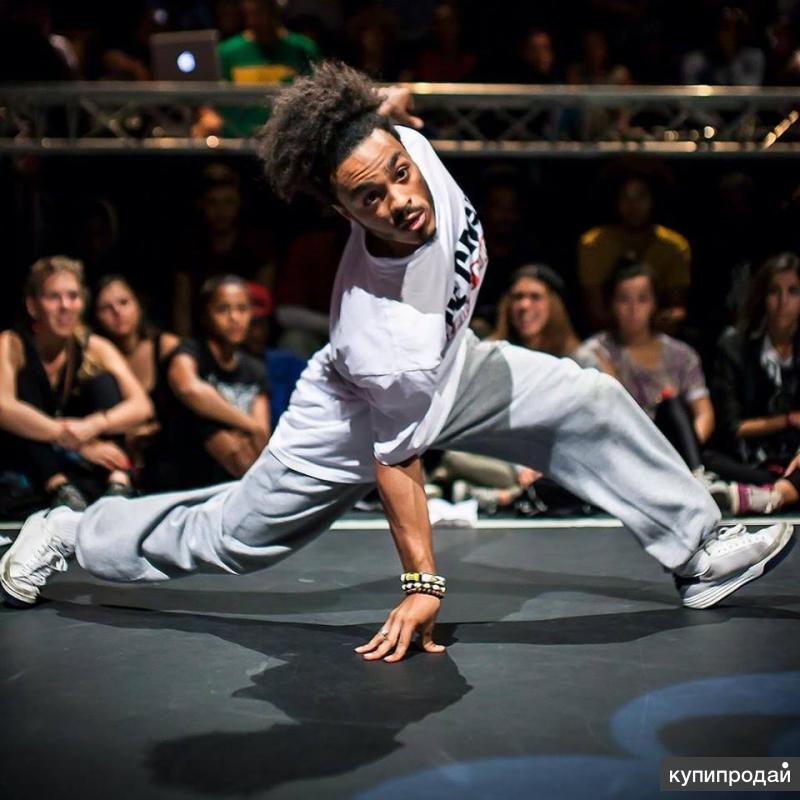 30-20.00
30-20.00  00-18.00
00-18.00 